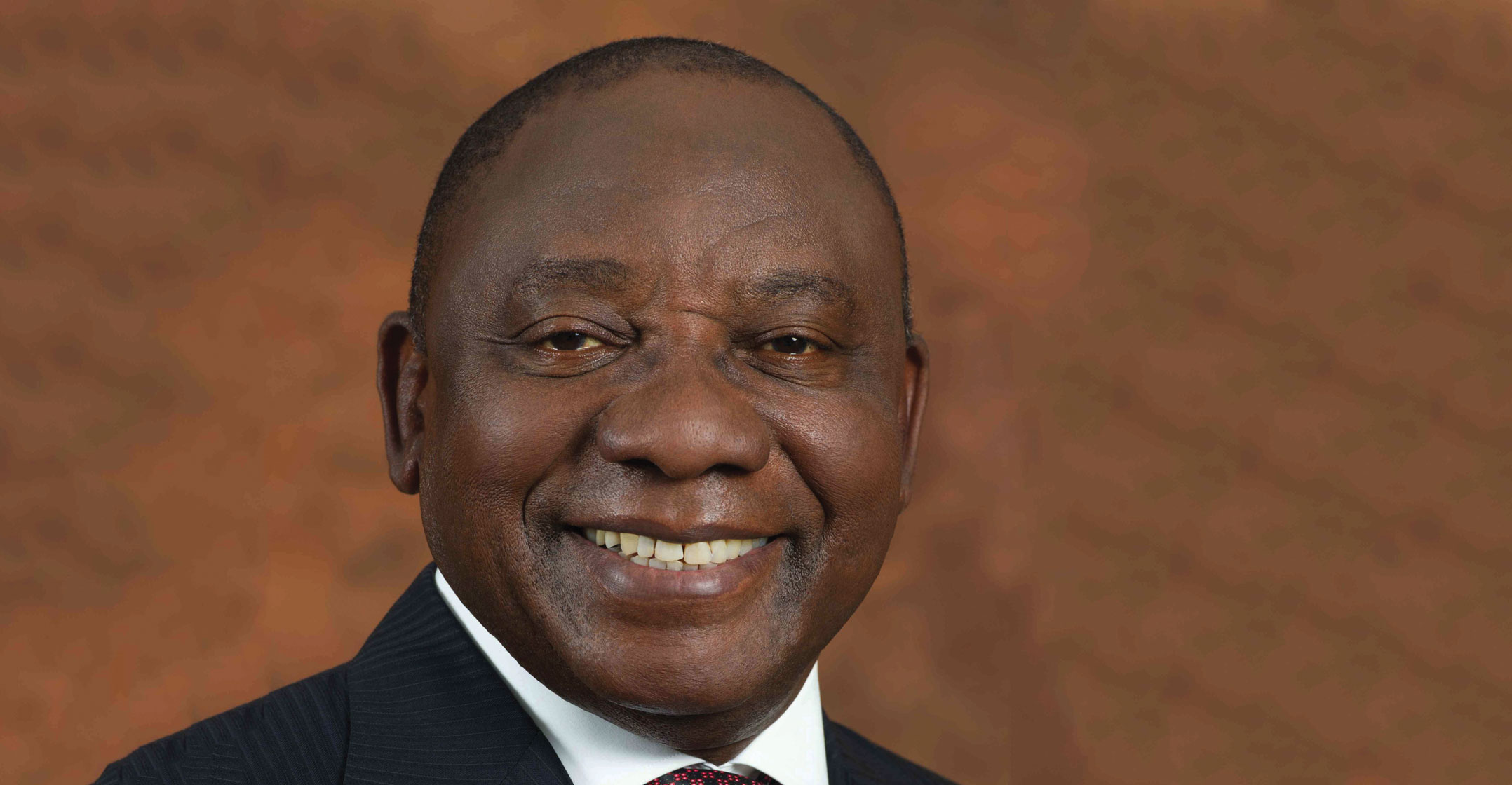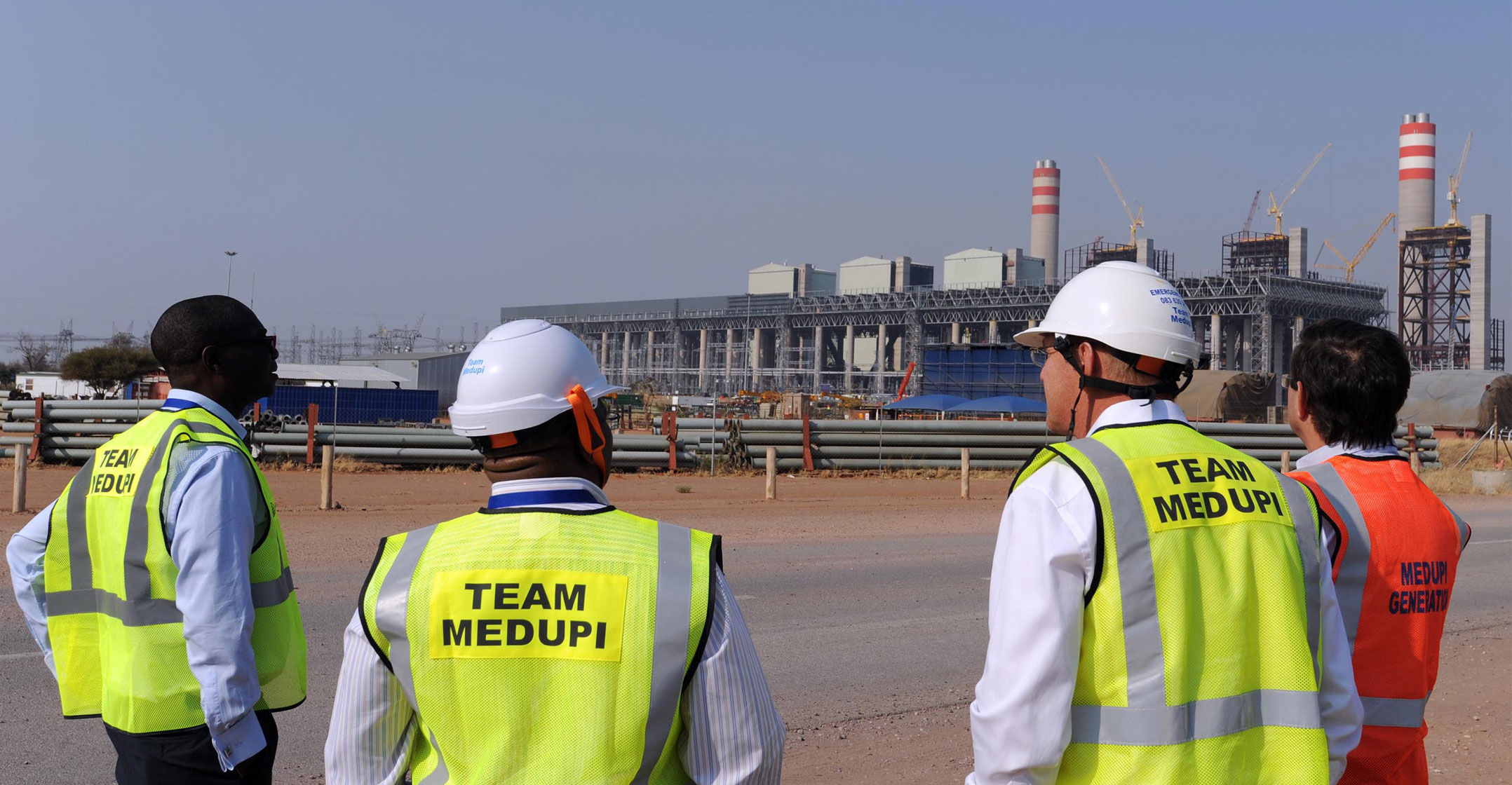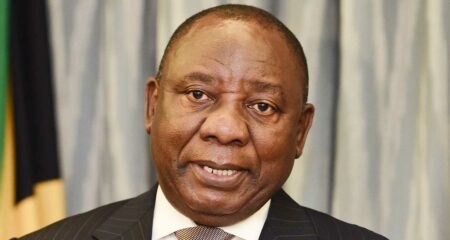
When I visited Medupi power station for the first time two weeks ago, I was struck by how massive it is. It is one thing to be told in a briefing that, when completed, Medupi will be the fourth largest power station of its kind in the world. But it is quite another thing to stand below its towering turbines.
In many ways, Medupi is a fitting symbol of the importance of our state-owned enterprises.
The cost of building the power station has escalated dramatically since it started, it is behind schedule and — with five of its six units now in commercial operation — it is not yet performing at the level it is expected to perform.
The problems with the construction of Medupi and its “twin” Kusile account for much of the financial crisis at Eskom. There have been other factors, of course, not least of which are the effects of state capture, corruption, and the loss and shortage of essential skills and mismanagement.
And yet Medupi is impressive. Once the work to correct the problems with its design and construction is completed, it is expected to contribute around 4.7GW into the national grid, producing enough power to meet the electricity needs of more than a million people.
Our country has a suite of major state-owned enterprises. Despite severe financial difficulties and operational problems, they have great assets, a large and diverse cohort of skilled people, and solid track records. These companies have the potential to contribute to the growth of our economy and the creation of jobs.
Although many of these companies are deeply in debt, they remain valuable state assets with immense capacity. We will not allow any of these strategic entities to fail. Rather, we need to take all necessary steps — even drastic ones — to restore them to health.
Business rescue
This is why we supported the decision last week to place South African Airways into business rescue. There was no other viable and financially workable option for a credible future for the airline. The financial crisis had become so grave that the only way to secure its survival was to take this extraordinary measure. With the support of lenders, government, management and workers, SAA will continue to operate while the airline undergoes the restructuring needed to make it a viable company.
Business rescue is not the preferred option for fixing our state-owned enterprises, nor would it necessarily be advisable in other circumstances. But the resolve we have shown in putting SAA into business rescue cuts across all key SOEs. Whether it is Transnet or Eskom, Denel or Prasa, we are taking all necessary measures to turn them around.
Already, we have done much. Soon after taking office in February last year, we took steps to strengthen governance and reinforce effective management at strategic SOEs. New boards have been appointed and executives with the requisite skills and experience have been put in place.

An immediate challenge was to end state capture and tackle the corruption that had crippled a number of our state-owned companies. As the new leadership has undertaken this work, several individuals have been charged and, in some cases, stolen funds have been recovered. This work must necessarily continue until all corrupt activities have been uncovered and those responsible held to account before a court of law. Then financial systems must be strengthened and diligently observed so that no corruption is possible.
Some of the problems at SOEs have been caused by outdated business models that are no longer fit for purpose. It is for this reason, for example, that Eskom is in the process of establishing three separate entities for generation, transmission and distribution. This will not only help Eskom overcome some of its financial and operational challenges, but it will contribute to a more efficient, cost-effective and sustainable energy sector.
A vital part of the turnaround effort is to reduce the dependence of SOEs on bailouts and guarantees from government. For too long, the South African taxpayer has been funding inefficiency and mismanagement in SOEs. This is coming to an end.
It is for this reason that these companies have been working to reduce their costs and increase revenue, to improve efficiency and to cut down on wastage. They have been looking at how to manage their debt and ensure that they maintain their investment in infrastructure. As has been the case in recent months, any further financial support from government comes with strict conditions that are designed to promote sustainability and self-sufficiency.
As we do this work, we are clear that the state will retain ownership of all those state-owned enterprises that are strategic. This is so that these entities are able to perform the crucial economic and developmental functions that the market would not on its own be able to perform.
Strategic equity partners
Where necessary, and where appropriate, we will seek strategic equity partners to assist with raising capital, injecting skills and technology, and improving efficiency. This must be done transparently and in a manner that strengthens — rather than weakens — the ability of the state to meet the development needs of the people.
We will ensure that boards and management are able to exercise their mandates in the interests of the public without undue political or other interference. This must be a leadership that is fit for purpose and that is firm on accountability and consequence management. Good governance practices will be strengthened and the oversight function of government more clearly defined.
Despite the depth of current challenges, none of our SOEs is lost. They can all be saved. But it will take extraordinary effort and, in some cases, tough decisions.
As the SAA business rescue demonstrates, we will not hesitate to do what it takes to return our SOEs to financial and operational health. Working together, we will ensure that these companies become the treasured public assets that we know they are.
- Cyril Ramaphosa is president of South Africa




